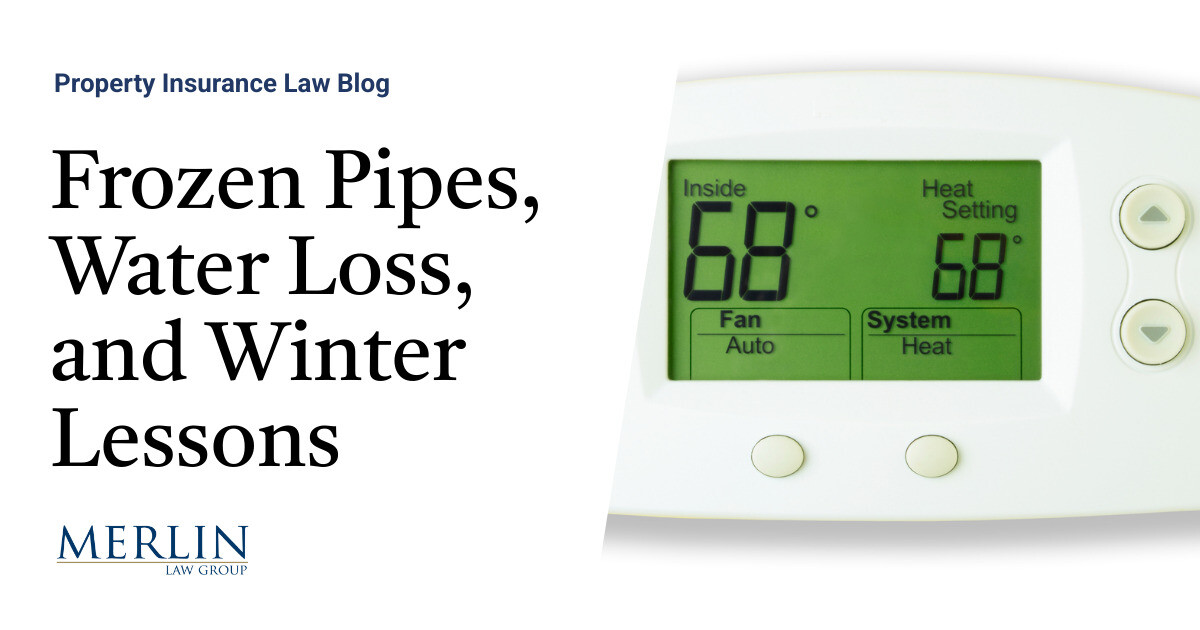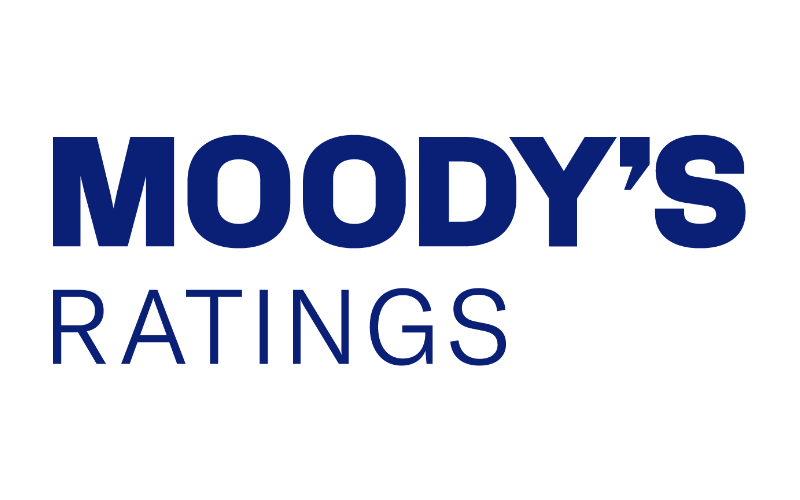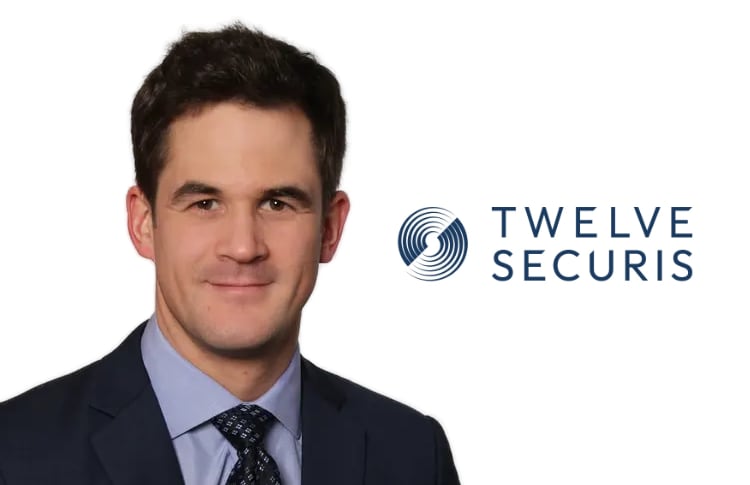
As per reinsurance broker Gallagher Re, aggregate property reinsurance protection is making a return to the market, following a period of limited availability.“Aggregate protection is back, but it has evolved.Whole-account property aggregate reinsurance attaching at earnings-protection levels disappeared almost entirely from the menu from 2020, but reinsurers are once again willing to supply “agg” in some instances, albeit at higher attachment points,” Gallagher Re explained in its latest whitepaper.Moreover, the broker also suggests in its whitepaper that, amidst the soft market, aggregate coverage in some cases had become a working layer, with insurers regularly recovering under their aggregate protection.
The structure is said to have helped insurers manage losses caused by the rising cost of catastrophic events, such as wildfires and severe convective storms, which were impacting results.However, so-called secondary perils did not have developed modelling at the time, such as windstorm and earthquake events, which complicated reinsurers’ ability to anticipate the amount of losses they would have to absorb under aggregate treaties in the late 2010s.In spite of this, Gallagher Re explained that the reinsurance market continued to offer whole-account aggregate coverage until persistent losses made low-attachment structures unsustainable.
Many insurers went on to drop aggregate cover and shifted to all-perils occurrence treaties, leading to increased retentions.The broker also noted that demand for aggregate protection never fully disappeared.In Europe, many insurers continued to purchase property aggregate coverage, sometimes as their only reinsurance protection against natural catastrophes.
When the market contracted, some insurers raised retentions or sought alternative solutions.In the United States, aggregate reinsurance was commonly used to fill gaps left by conventional occurrence excess-of-loss protection.However, after 2020, it was typically limited only to peak perils such as hurricanes and earthquakes.
Josh Knapp, Executive Vice President of global reinsurance broker Gallagher Re, said: “We’re seeing that aggregate coverage is becoming more available for US cedants including appetite for all-perils agg, under a few main conditions: 1) when the program is structured appropriately, 2) when the attachment point is practical for everyone, and 3) when the ceding insurer provides a robust, comprehensive, and data-backed rationale for why they need the cover.” Further into the whitepaper, Gallagher Re explained that the appetite for each-and-every-loss reinsurance remains strong, and falling property reinsurance prices have made the product more attractive.“The reinsurance market’s expanded capacity has grown due to two years of exceptional underwriting profits to leave reinsurers with additional, under-leveraged capital that allows them to be more flexible.“With such a growing supply of reinsurance capital, which Gallagher Re estimates could increase by approximately ~$57 billion in 2025, even demand for the most common form of property cat occurrence cover is insufficient to satisfy the full supply of capital available,” the whitepaper reads.
Adding: “To put their excess capital to work, reinsurers are selling aggregate again, recognizing that well-structured aggregate treaties make sense to them, as well as to their clients.It’s also a marketing strategy, as reinsurers are seeking to differentiate themselves as the property Cat market begins to soften after several years of hardening rates.” Importantly, Gallagher Re also noted that it expects that well-structured aggregate protections could be reinstated for the upcoming January 1st renewal season, with new purchasers recognising their value.That said, the broker states that the return is cautious.
Attachment points remain elevated, and clearer modeling of expected loss potential is required to support purchases.“While preferences and economics vary with every cedant and relationship, appetite for aggregate protection has generally evolved to favor protections where cedants carry a greater share of losses within their net retentions.On the whole, aggregate is unlikely to make economic sense for frequencies lower than five years, a level of purchase common in the US, or for 20- to 25- year losses in Europe,” Gallagher Re explained.
Lukas Wachter, Head of Large/Complex Sales – North America, Gallagher Re, said: “The return of aggregate capacity is expected to be more of a structural development than an opportunistic play, with reinsurers looking to offer aggregate as a sustainable long-term component of their product mix.It has the potential to be useful to cedants as a capital-protection tool, but also profitable for reinsurers’ own shareholders over the lifetime of reinsurance relationships.Equally, cedants are unlikely to wish for a repeat of the withdrawal of capacity, so will also be flexible in their negotiations.”.
All of our Artemis Live insurance-linked securities (ILS), catastrophe bonds and reinsurance can be accessed online.Our can be subscribed to using the typical podcast services providers, including Apple, Google, Spotify and more.
Publisher: Artemis








